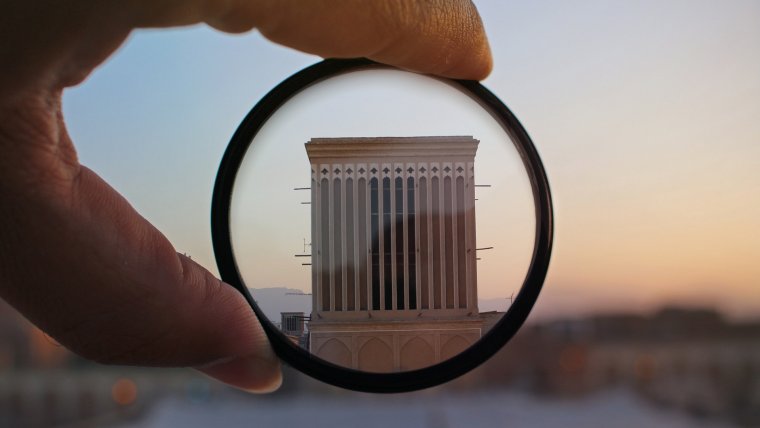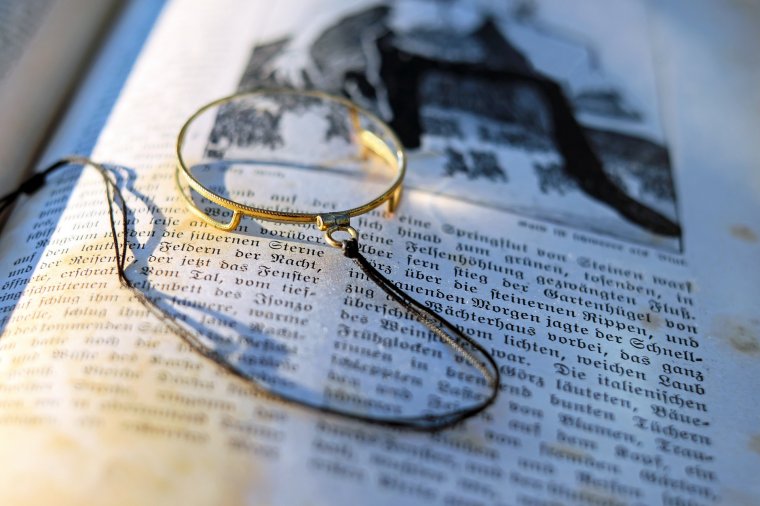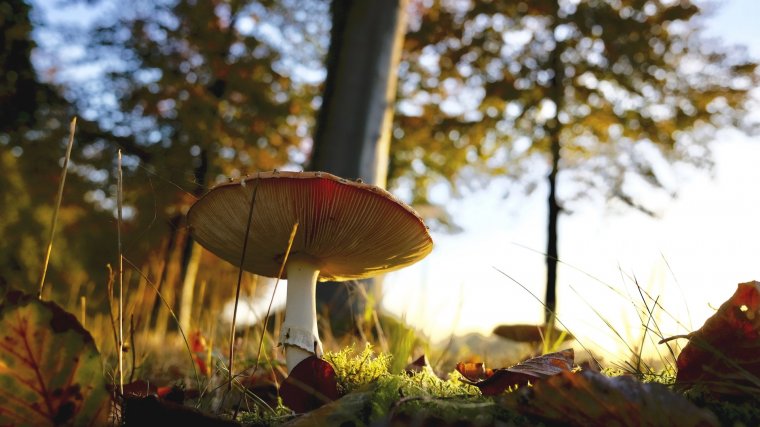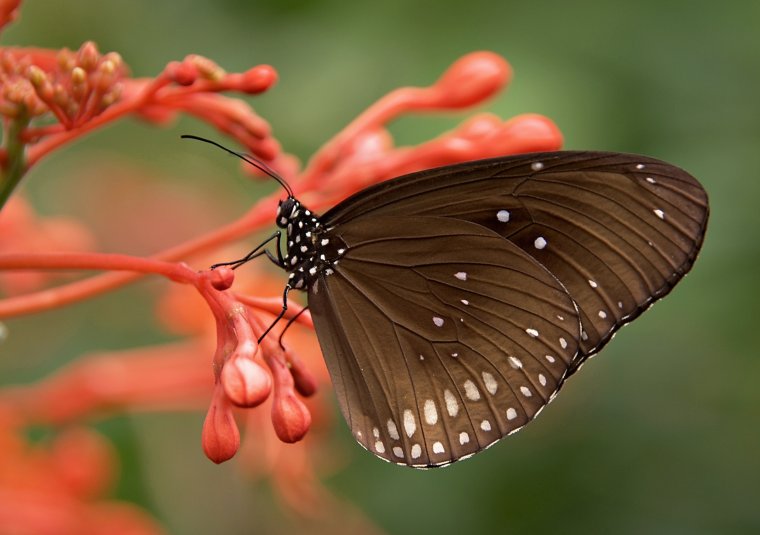
Remember seeing those amazing pictures on Instagram or Pinterest of insects that are so small in real life or even seeing a drop of water on a leaf you probably walk past daily but you are now seeing every fine detail of that droplet and the leaf. Most of these shots mentioned were taken with the aid of a tool we call magnifying filter.
When you think Magnifying filters you begin to think Macro Photography which is what this tool is ideal for. However, we won’t be discussing Macro Photography today but dive more into the world of what magnifying filters are and how is it that we use them in our day to day photography journeys. Magnifying filters are practically as straightforward as their name. They’re used to enable a regular lens into the world of Macro Photography or just getting close to their subject without the use of a specialized macro lens.

Macro lenses tend to be a tad bit expensive because of their specialty. So for those who can’t seem to afford the luxury of having one, we then turn to other means of achieving close to the same effect as a Macro lens. Make no mistake, some lenses naturally do enable Macro Photography to a certain degree but these filters give you just a little closer to shot you want.
Simply put magnifying filters do the same job as a magnifying glass would that detective carry around but it can now be screwed on the front of your lens.
Well, a close-up or magnifying filter doesn’t completely turn your regular lens into an expensive Macro lens but it does get the job done pretty close to what the Macro lens would. Most macro lenses aim to achieve a nice 1:1 life-size ratio which makes very small things seem life-size, which is the same thing these filters aim to achieve without taking too much cash out of your pocket.

These filters rely on a pretty simple idea which a lot of photographers actually don’t know. As I mentioned before, most if not all lenses have a minimal macro focusing distance which is basically how close you can get to the subject. If you get too close and past the macro focal distance of the lens then you will find where your lens begins to go crazy and won’t focus on anything unless you back up from the subject.
When we realize that is happening, we then screw on our filter and it now enables us to get closer without the struggle of trying to focus. Keep in mind there are different filters which dictate how close you get to your subject. For example, a filter of +2 will make it possible for a lens with a focal length of about 1 meter to now focus at .3 meters away from its subject. As that magnifying number goes up, it enables you to get close and closer to the subject at hand.
Before you assume you have the next best thing to a macro lens, there are a few things to point out. One of these many important things is to remember the job of the filter. It is not a tool that can remain on your lens as it is not that diverse to be used in other situations. It serves one purpose and one purpose alone and that is to enable your lens to get closer to your subject. It won’t excel in portrait, wildlife or any other photography apart from macro photography.
If you try it you will be very disappointed with the results. This is what kinda humbles and separates magnifying filters apart from actual macro lenses. Most if not all specially built macro lenses excel in both macro photography, portraits and much more. Therefore dropping on a magnifying filter will definitely help you acquire some great close up shots but it is in no way capable of achieving the same effects a posh macro lens.

In addition the lack of diversity in this tool it also has another downside as it relates to things like image quality and sharpness. Of course you may be able to fix a few issues here and there in post-production editing but for the most part, some things are not easily done. The magnifying filters tend to give off a softer, often unpleasing effect on your photo. With this comes with things like chromatic aberration and a displeasing background blur. So it gets the job done but like everything else, has it’s downfalls when it comes to the results.
I truly hope this article has helped to give you an insight as to how you work with magnifying filters and their limitations in the field. Thank you for stopping by and we look forward to you visiting us again.
Comments (0)
There are no comments yet.